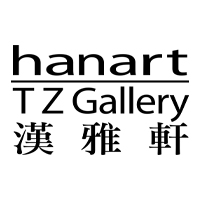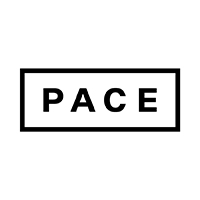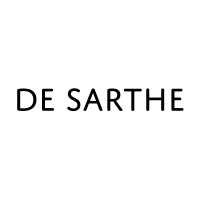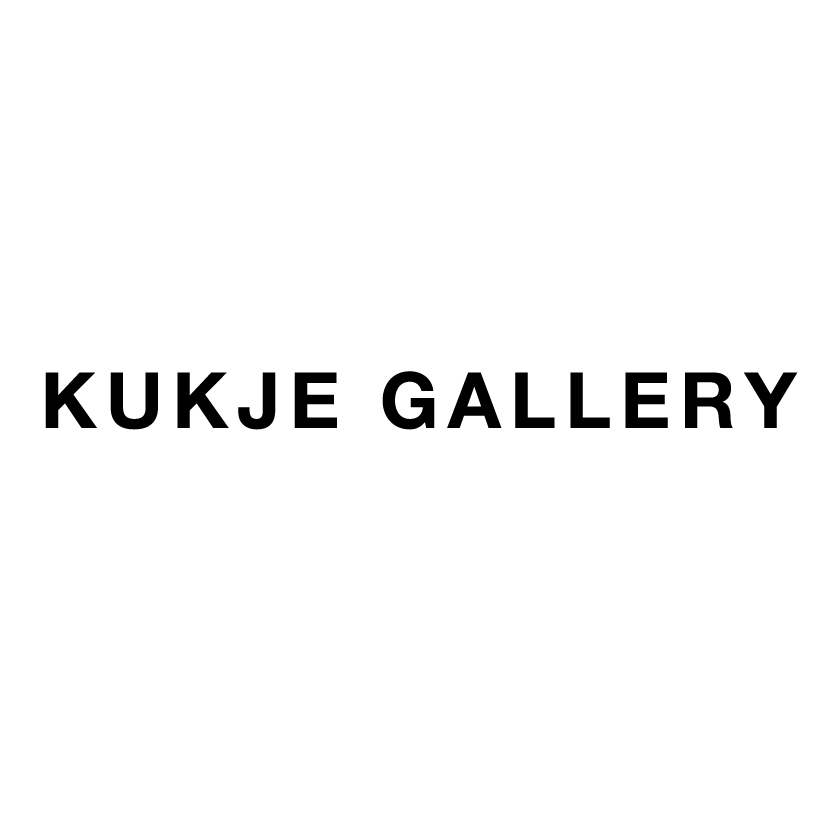Field Trip: Doha
By HG Masters

In the shallow, calm waters off the Corniche are a few remaining Qatari dhow boats, the IM Pei-designed Museum of Islamic Art, on the right, and in the distance across the lagoon, the ultra-modern high rises of West Bay.
In mid-March, ArtAsiaPacific held a week-long series of writing workshops, open to the public, in Doha, Qatar, at Mathaf: Arab Museum of Modern Art. While there, I toured the city’s nascent but rapidly expanding infrastructure of museums, which is overseen by the Qatar Museums Authority (QMA), as well as a few of the independent spaces and galleries that are eking out an existence in a country that has adopted a top-down, government-led approach to culture.
While it’s no longer a secret that the Qatari royal family has been one of the biggest buyers of contemporary art in the last decade, the country still faces a shortage of one important resource: an audience for art. While the IM Pei-designed Museum of Islamic Art, which opened in December 2008, is a major tourist draw, other cultural sites, including Mathaf, are slowly attracting more Qataris and Doha expatriates, as well as students from the city’s universities, to their exhibitions.

The interior of the Museum of Islamic Art is one enormous atrium with an oculus at the top. Small, beautifully designed galleries line the perimeter of each floor. Although the exhibition space feels tiny in comparison to the volume of the building, the museum

Looking out from the MIA’s terrace, you can see the 25-meter-tall steel sculpture 7 (2011) by Richard Serra, which has its own peninsula in the MIA’s 68-acre crescent-shaped park.

The enormous al-Riwaq Exhibition Hall, located near the MIA, is a distinctly unlovely structure resembling an American box store.

Inside al-Riwaq, viewers (and security guards) were subjected to Takashi Murakami’s "Ego," which, as indicated here with this inflatable self-portrait, is now larger-than-life. One visitor, a Canadian artist who wandered through the show without seeing anyone else, characterized the Murakami experience as

On the highway out to Mathaf, in Education City, on Doha’s western fringe, about 20 minutes from the Corniche, one passes huge new developments such as this convention center, designed by Arata Isozaki, who employed the forms of the sidra trees (which, in the Quran, are a symbol for knowledge of the divine) as his inspiration.

Located in a former school, Mathaf

The Katara Cultural Village is a development of restaurants, exhibition spaces, an opera house and an amphitheater. Here, the exterior of the QMA’s exhibition of works by the late Louise Bourgeois.

In mid-March, the Katara Art Center opened a show by Qatari painter Faraj Daham, featuring his abstract canvases inspired by the patterns of construction vehicles.

Located in the touristic Souq Waqif, the Waqif Art Center was formerly occupied by a branch of Dubai’s The Third Line gallery, along with an independent art space and a school. However, in 2009, the cultural ministry took over the building and did not renew the popular art center

Operating independent of the QMA or the ministries is almost impossible in Doha. One notable exception is the Mushereib Art Center, which is located in a former girl’s school built in the 1950s. With a two-year loan from Sheikh Hassan, the space is slated to open in late April, and will house a collection of salvaged objects from one of Doha’s older neighborhoods and studios for artists, and will run art-making workshops.

On the left is Khalifa Ahmad al-Obaidly, a former marine biologist with a passion for old cameras, who heads the Mushereib Art Center. He is keeping many of the school’s classrooms exactly as they were when the institution was vacated in 2005, and gathering objects from the rapidly developing neighborhood, as seen in this collection of commercial signage. In his words, in Qatar, "Changing things is very easy, but keeping things the same is what is difficult."







